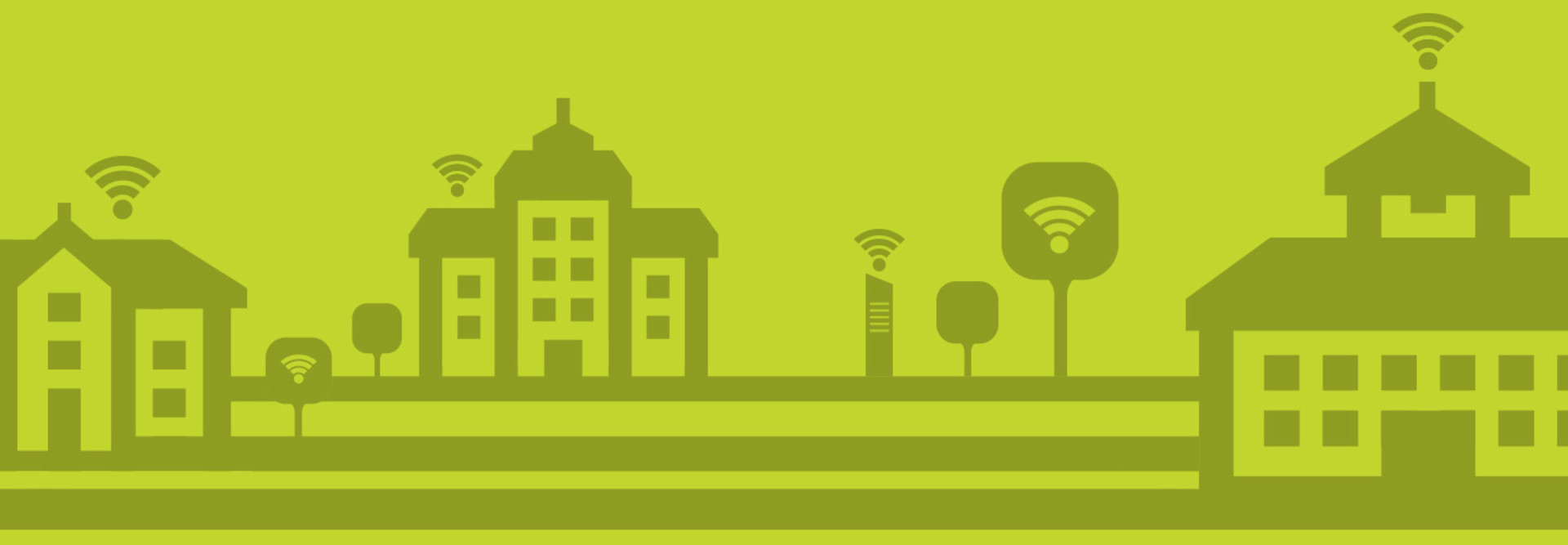Need Better Wi-Fi? Check Your Access Points
Wireless access points are the critical link between users and their Wi-Fi. In today’s digitally driven learning environments, colleges must be able to deliver on the expectation that Wi-Fi will always be accessible — and reliable — to connect students, faculty and staff.
To ensure wireless APs are properly configured, secure and high-performing, IT departments have several factors to consider during installation. Here are four tips that all IT teams should incorporate into their AP “checklists” to make sure end users are satisfied with their Wi-Fi connection.
Develop Predictive Building Models
Campus facility infrastructures, old and new, are usually not conducive to high-density Wi-Fi, which can affect the strength of Wi-Fi signals. One solution is to use site survey tools, which can build predictive models of each space and guide AP placement. The tool allows users to add APs to a model and evaluate coverage based on the building materials and type of AP. This helps teams determine the exact location to place APs for optimal connectivity.
Evaluate Density, Capacity and Coverage
When placing APs, know your audience and how many devices your APs can handle. A first step is to evaluate density, capacity and coverage.
Density corresponds to how many user devices you can expect to be in a certain location at one time. This can vary from 300 devices in a lecture hall to a couple dozen devices in a residence hall room. Capacity refers to the type of bandwidth each location requires. Netflix in a residence hall will gobble more bandwidth than internet use in a classroom. Lastly, evaluate every location where coverage is needed, both indoors and outdoors, to ensure that all areas are covered.
Identify the Right Number of SSIDs
Determine the number of service set identifiers based on your student, faculty and staff needs. Our university has one SSID for 802.1X and another for visitors to keep guest traffic off the secure network. We do not have a captive portal for the guest SSID, which makes it easier to onboard visitors and some devices, as we support BYOD and Internet of Things applications. In addition, because St. Edward’s has satellite campuses around the world, we use eduroam, a secure network service that lets students log on to wireless using their local university credentials, wherever they are.
Optimize Channels to Minimize Interference
Channel optimization minimizes channel overlap for each AP using 2.4 and 5 gigahertz, and St. Edward’s provides them everywhere on our campus. It is critical to check all the channel and power levels — and adjust them as appropriate — to prevent a poor user experience. We create wireless building plans, where we visually add all the channels and power settings next to the AP to evaluate and ensure optimal Wi-Fi.









